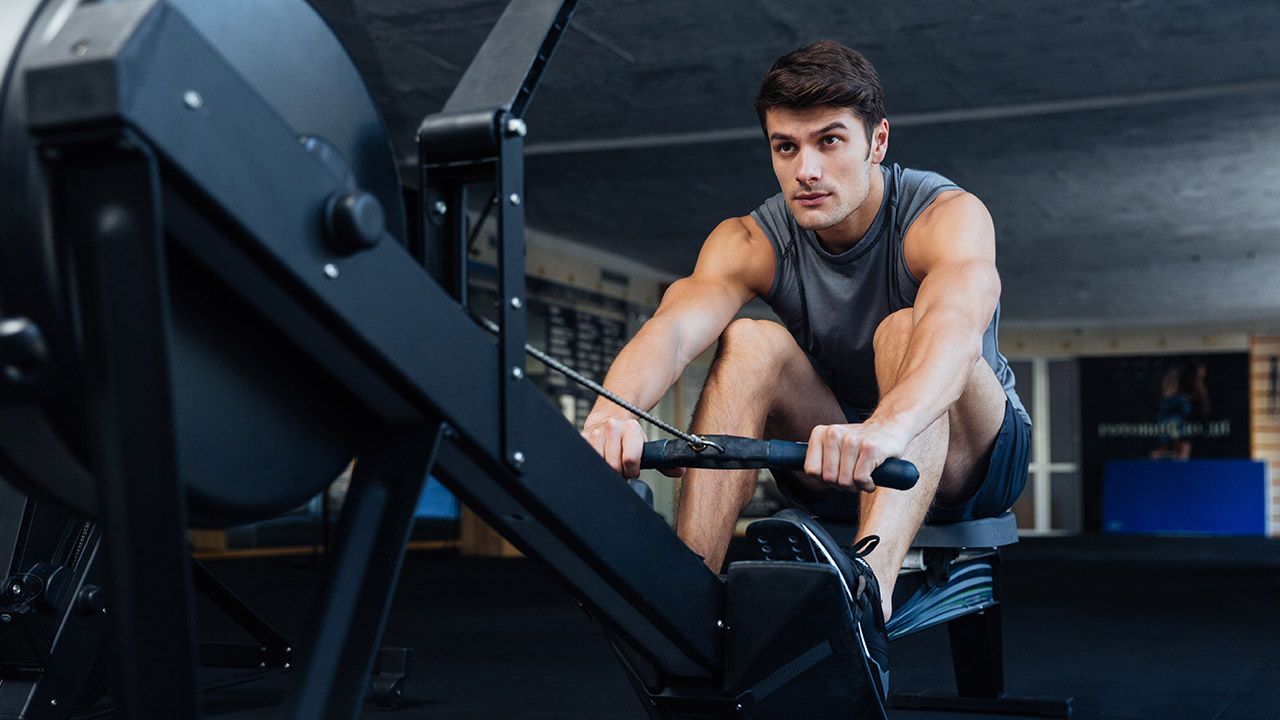Developing Coordination & Reaction Time in the Gym

Hey Angels and Alphas,
Whether you’re participating in sport-specific training or just going to the gym every day for your weight and health, I bet you can’t even name all the sports and activities that benefit from a sharp eye and smart coordination!
Most of us go to the gym and do it for a specific reason. Be it toning up, losing weight, gaining muscle, or a sweet mix of all three. However, this means that for the majority of regular gym goers and physique athletes such as coordination, balance, and even overall agility, usually take a back seat.
That’s why today, we’re here to explore a few training concepts that can help us easily develop these often-undermined skills. And not to mention, we’ll talk about a few simple exercises you can use to train them efficiently.
Think fast – what is reaction time?
The best and most widely accepted description is that reaction time is the measurement of your ability to act quickly and accurately in response to external stimulus.
The most critical factor in your reaction time is how well your mind is connected to your body. In other words, how much time your body needs to interpret what you’re seeing, hearing, and so on.
Since reaction time is based on specific movements in a sport, in many cases it comes down to gaining experience in that particular field and doing sport-specific drills. Boxers, goalkeepers, volleyball players, stick to drills. For those who just want to develop better overall reaction time, a great option would be forest running, signal sprints, and even online reaction time tests.
And let’s not forget – coordination.
I know, it does highly relate to reaction time, but I decided it deserves to be talked about separately. While reaction time is the measurement of your ability to act in a reflex, coordination is how effectively your body parts synchronize with each other toward that goal. Whether it’s catching a ball, dodging a punch, or just saving a glass when it falls off the table, coordination is a skill. And just like any other skill, it can be trained.
Some of the most powerful ways to develop your hand-eye coordination include juggling, dribbling a ball, and playing catch. The single best way to develop great foot-eye coordination is jumping rope.
So regardless of what sport or activities you enjoy, you now have all the tools necessary to develop these two crucial skills. You’ll not only be able to perform physical activities with more ease and wit, but you’ll be creating a healthy habit of getting in touch with your focus and attention. That alone makes this type of training a must for everyone.
Using plyometric exercises to strengthen coordination and balance.
Plyometric exercises that require coordination and quick footwork will do wonders for improving your proprioceptive signals.
These plyometric exercises, some of which can include running in a figure-eight pattern, making you think about how your body is moving and how it will have to sustain energy levels to continue to move in order to prepare your balance. These can be physically demanding, so always make sure that you’re sticking with a level you’re capable of rather than attempting to clear a 5-foot hurdle without any training.
By strengthening your balance and coordination, you can prevent yourself from tripping, as well as improve your movements and become more graceful. This way, you will avoid the hip-breaking fall in your elder years by improving on your ability to process your own proprioceptive signals.





